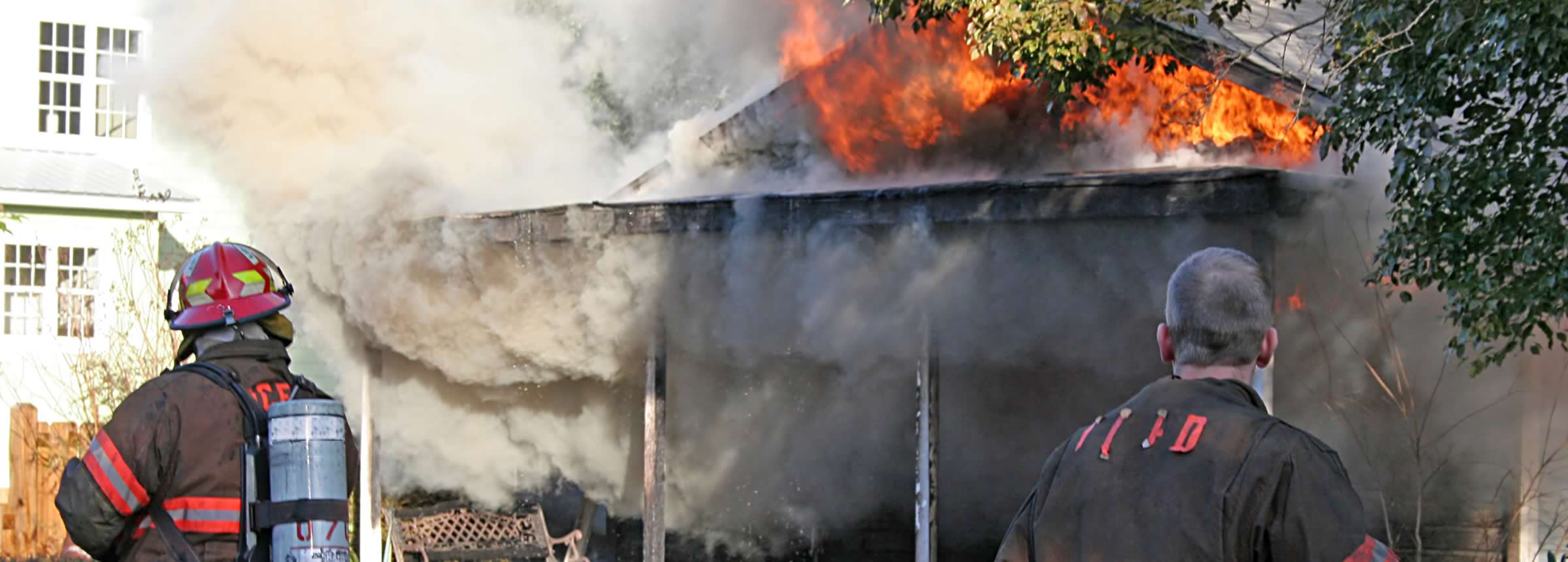
07 Dec Enjoy a Safe Holiday Season with Our Christmas Tree Safety Tips
The holidays are here and with that comes busy days, long nights, and all the festive activities that come along with the season. As you make room in your home for holiday lights and a Christmas tree (if that’s your sort of thing), read our best practices below to prevent a fire in your home so you can enjoy a safe holiday.
Did you know that according to the National Fire Protection Association (NFPA), Christmas tree fires pose a real threat to U.S. homes during this season? It’s true. The NFPA reported that from 2014 to 2018, U.S. fire departments responded to an estimated average of 160 home structure fires per year that began with Christmas trees. These fires caused an annual average of two civilian deaths, 14 civilian injuries, and $10.3 million in direct property damage.
These statistics are scary, but luckily there are steps you can take to prevent this tragedy from happening. But first, let’s explore the problem. As you may know, Christmas trees are considered combustible vegetation; they are fire retardant and how they’re handled only makes this fact more true. Consider that, generally, Christmas trees are cut for household display early in the season and set up on display for weeks (or even months) before their disposal. This puts the trees at risk of drying out if not properly watered for the many weeks they’re on display inside the home.
So, what can you do?
When you initially cut down a tree, or pick one out at the lot, make sure the tree was or is immediately placed in water. You’ll know it’s a fresh tree if the needles are green and do not fall off when touched. When you freshly harvest a tree, be sure to cut off the bottom end immediately before placing it in water and check the water level frequently to ensure that the tree has adequate water.
Aside from keeping the water filled, check the tree regularly to determine its hydration. To inspect the tree itself for dryness, it is best to check a branch near the trunk and allow it to slide between the thumb and forefinger. When needles shed easily, the tree is dry and should be removed or replaced, since trees dry from the inside out.
Once the tree is inside the home, be sure to place it at least three feet away from any heat source like fireplaces, radiators, candles, heat vents, and lights. The NFPA reports that electrical failures (or malfunctions) were factors in almost one-third (31%) of Christmas tree fires. Once in the proper spot, be sure to add water to the tree base daily.
When lighting the tree, be sure to use lights labeled by a recognized testing laboratory and are safe for indoor use. Replace any string of lights with worn or broken cords or loose bulb connections because these can start a fire. It’s reported that in 22% of Christmas tree fires, some type of heat source, such as a candle or equipment, was too close to the tree. Keep in mind that Christmas tree fires are more common during the hours when people are awake, peaking between 6:00 p.m. and midnight. Keep good practice of turning off the tree lights when you leave the house or go to bed.
After the holidays are over, it is equally important to dispose of the tree in the proper way. Get rid of the tree after Christmas, especially if you suspect it may be drying out. Dried-out trees are a fire danger and should not be left in the home or garage or placed outside against the home. (Even outside a dried-out tree is a risk!) Check with your local community to find a recycling program.
Follow these Christmas tree safety tips to ensure a happy and safe holiday season. Need assistance with any type of property loss? Contact us today and we can help you with your claim.
From the Ohio Fire Claims family to yours, we wish you a Merry Christmas and a Happy New Year!
__

